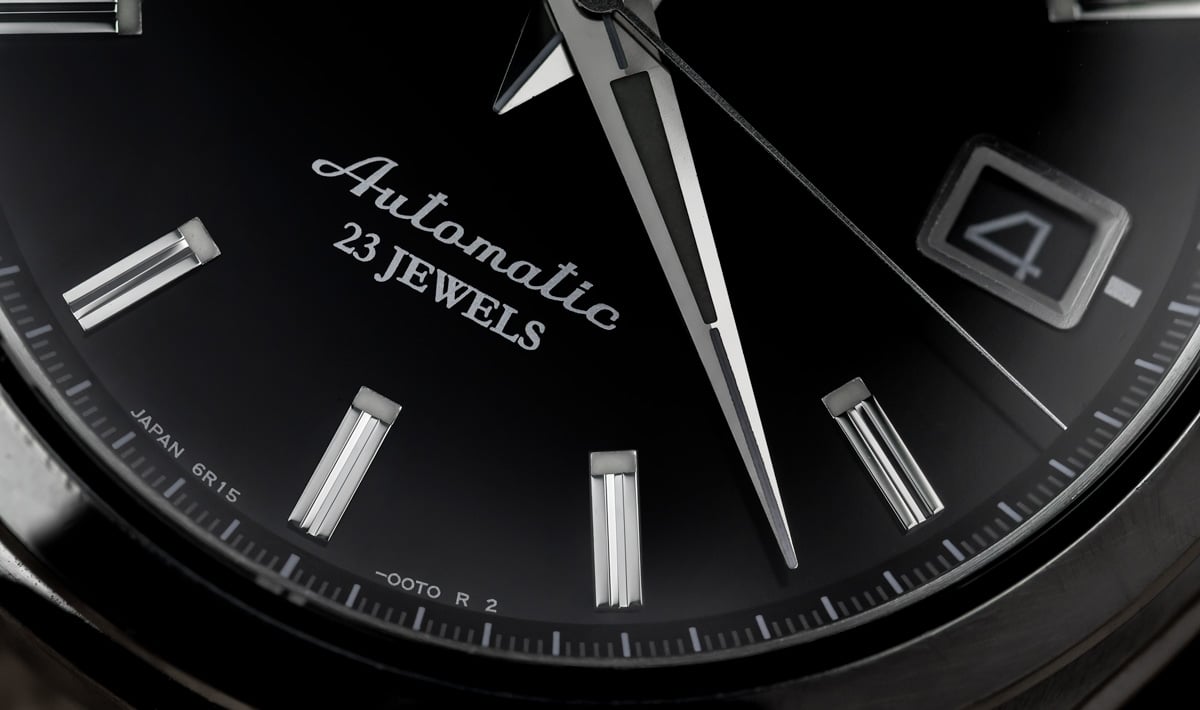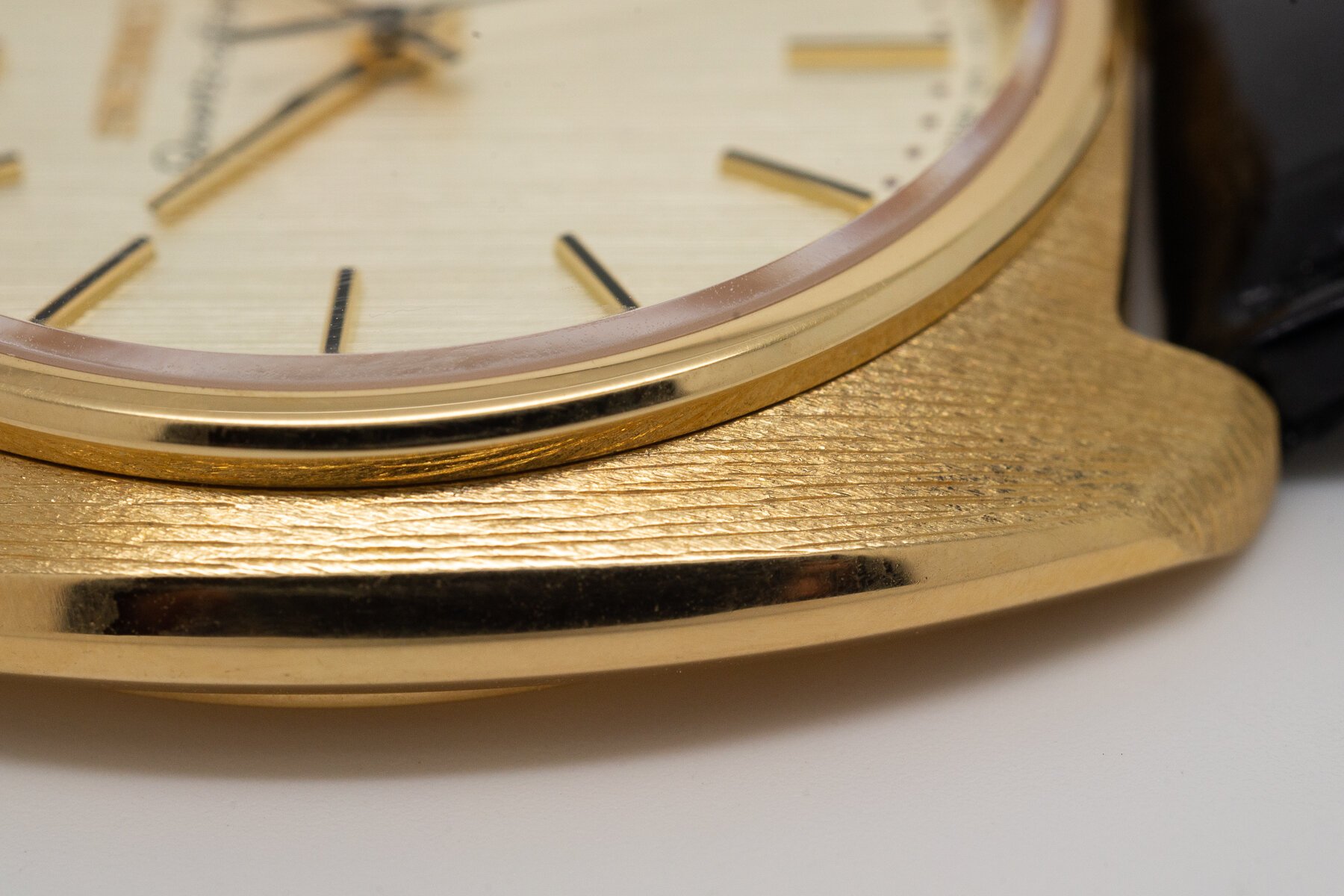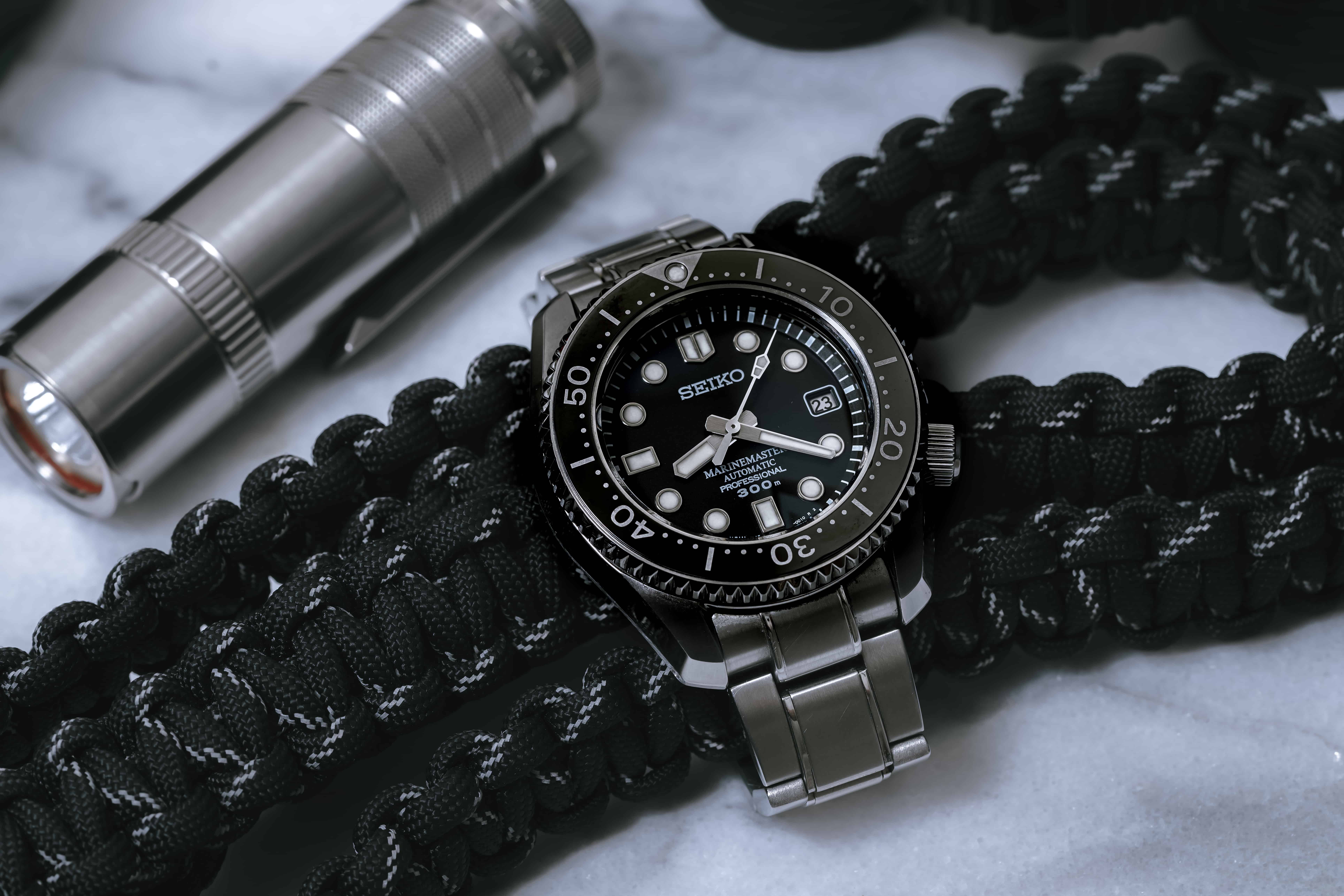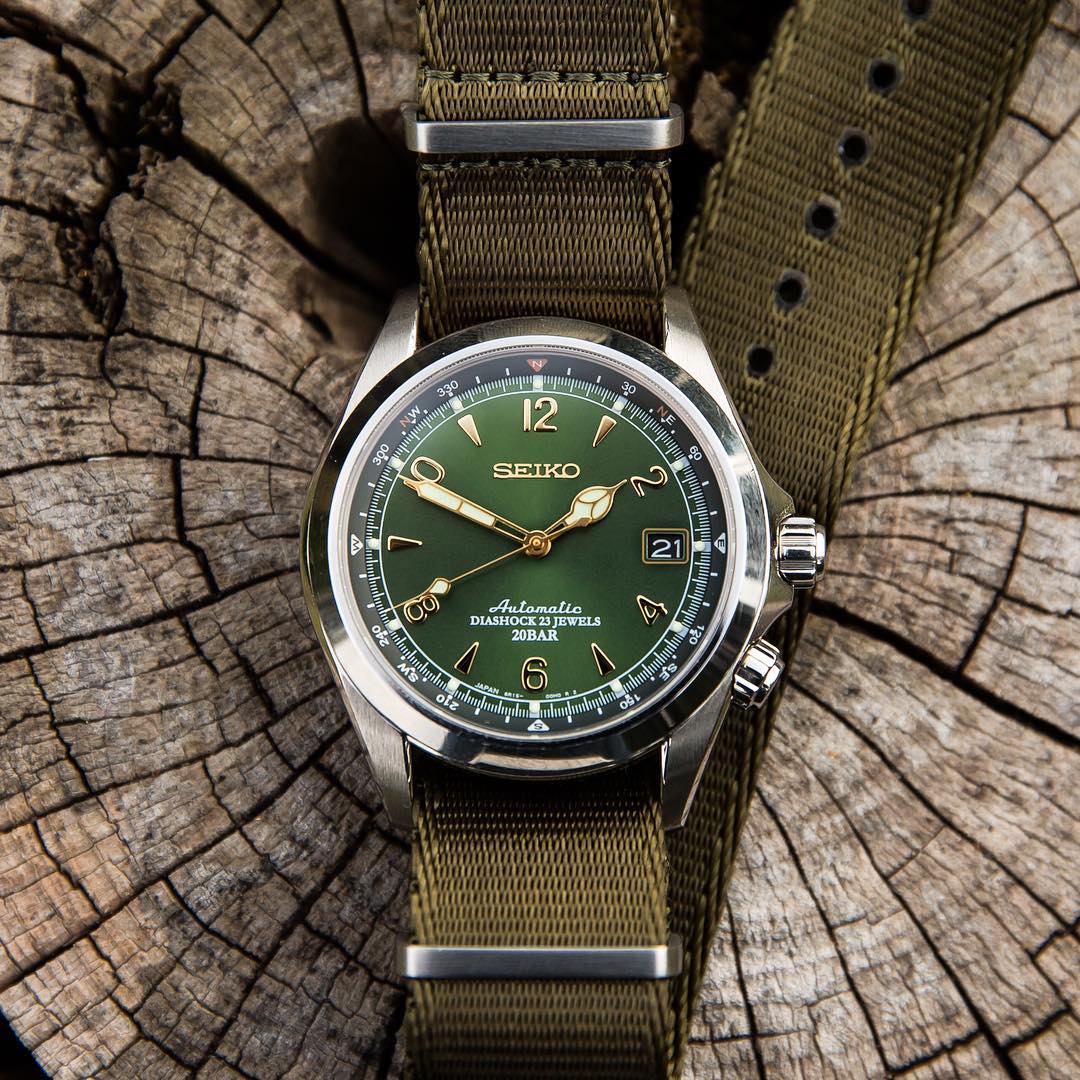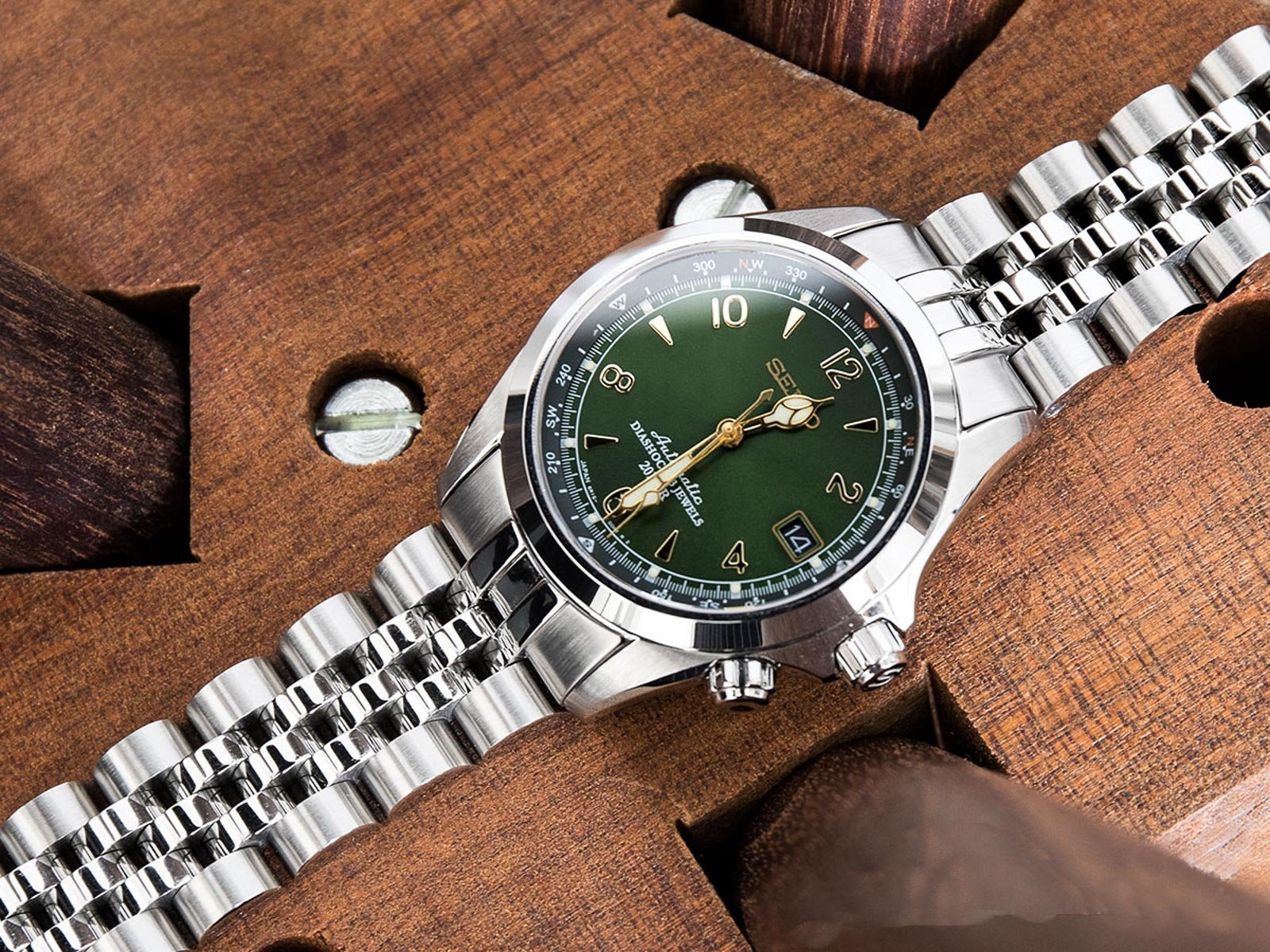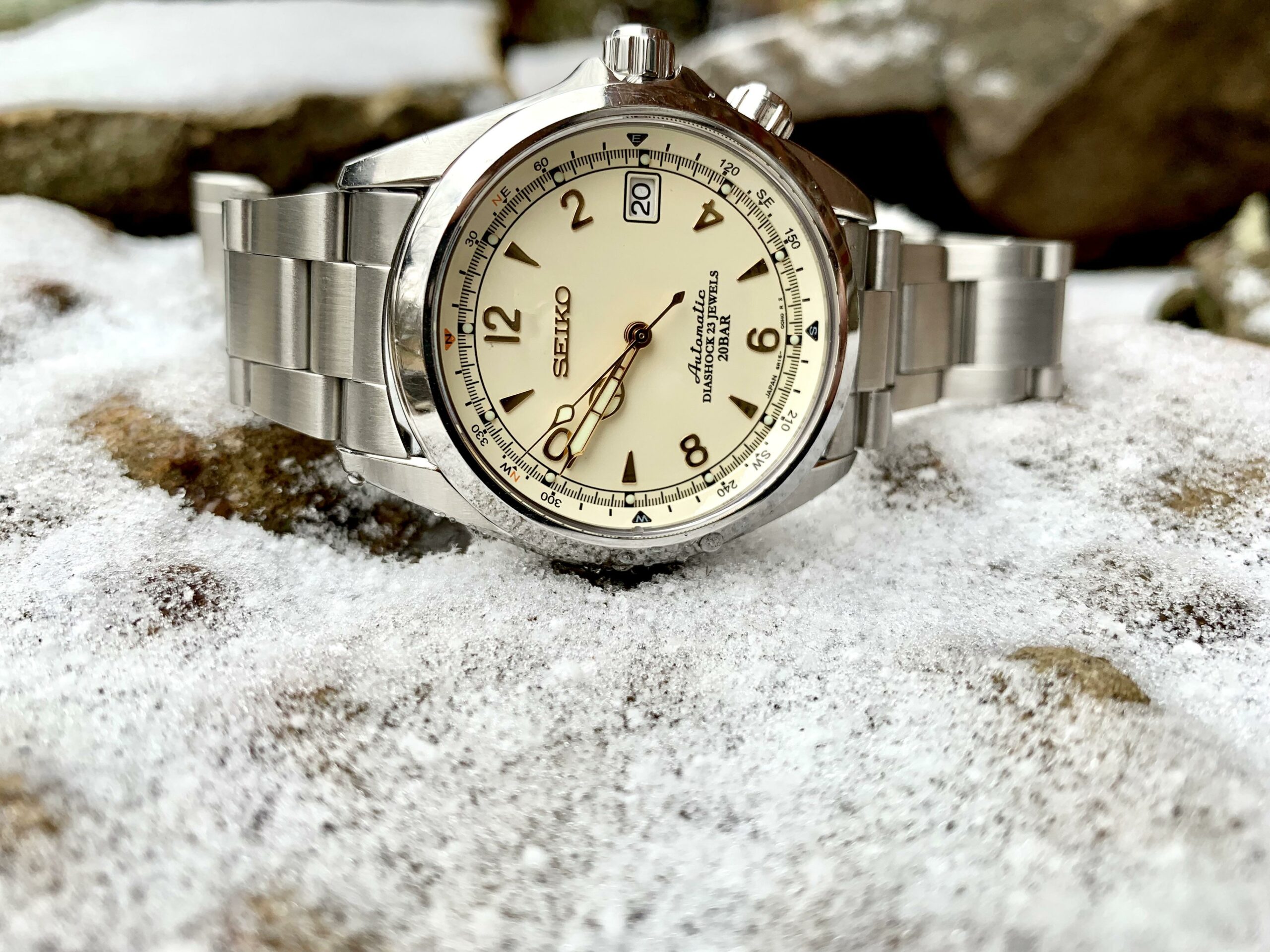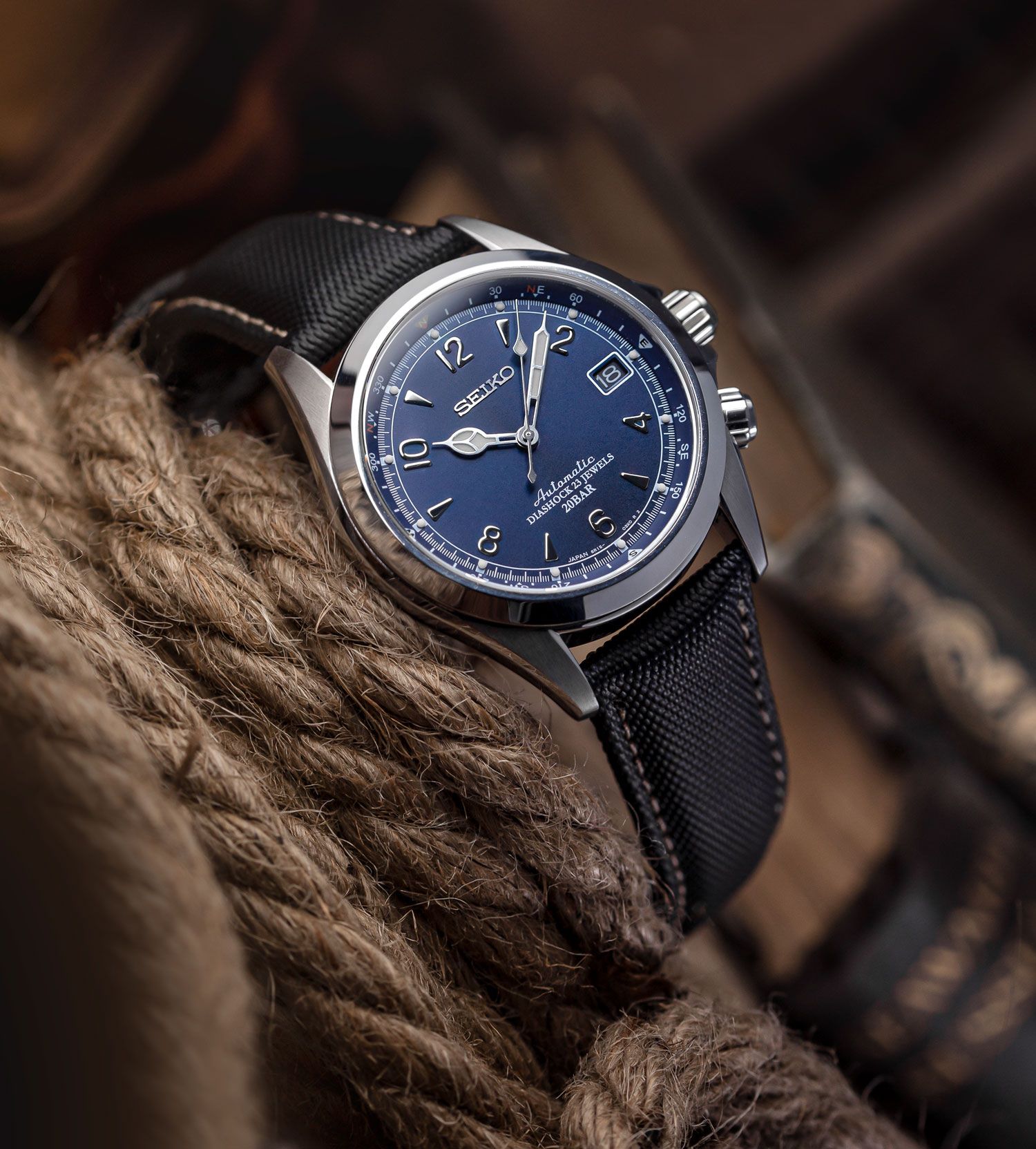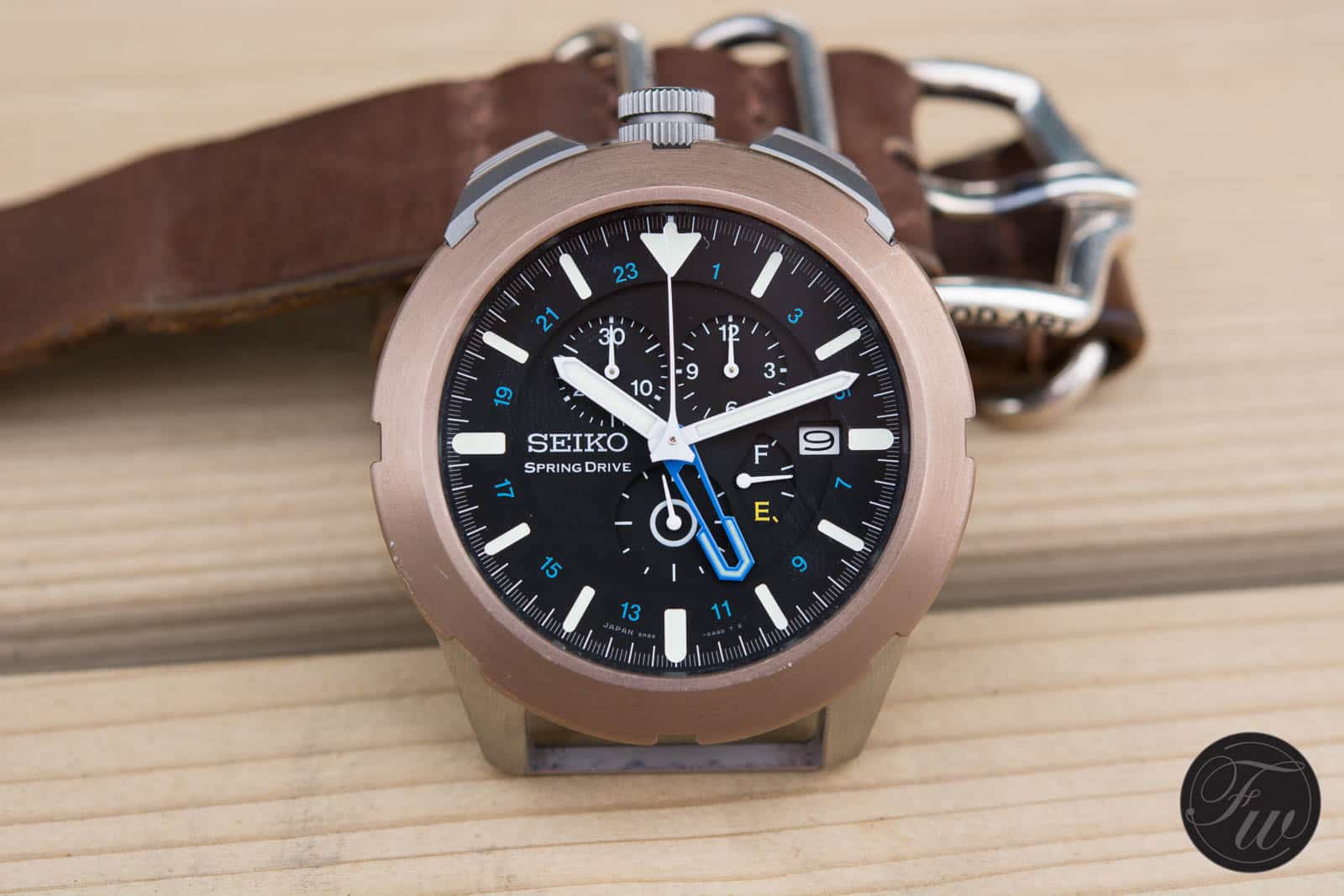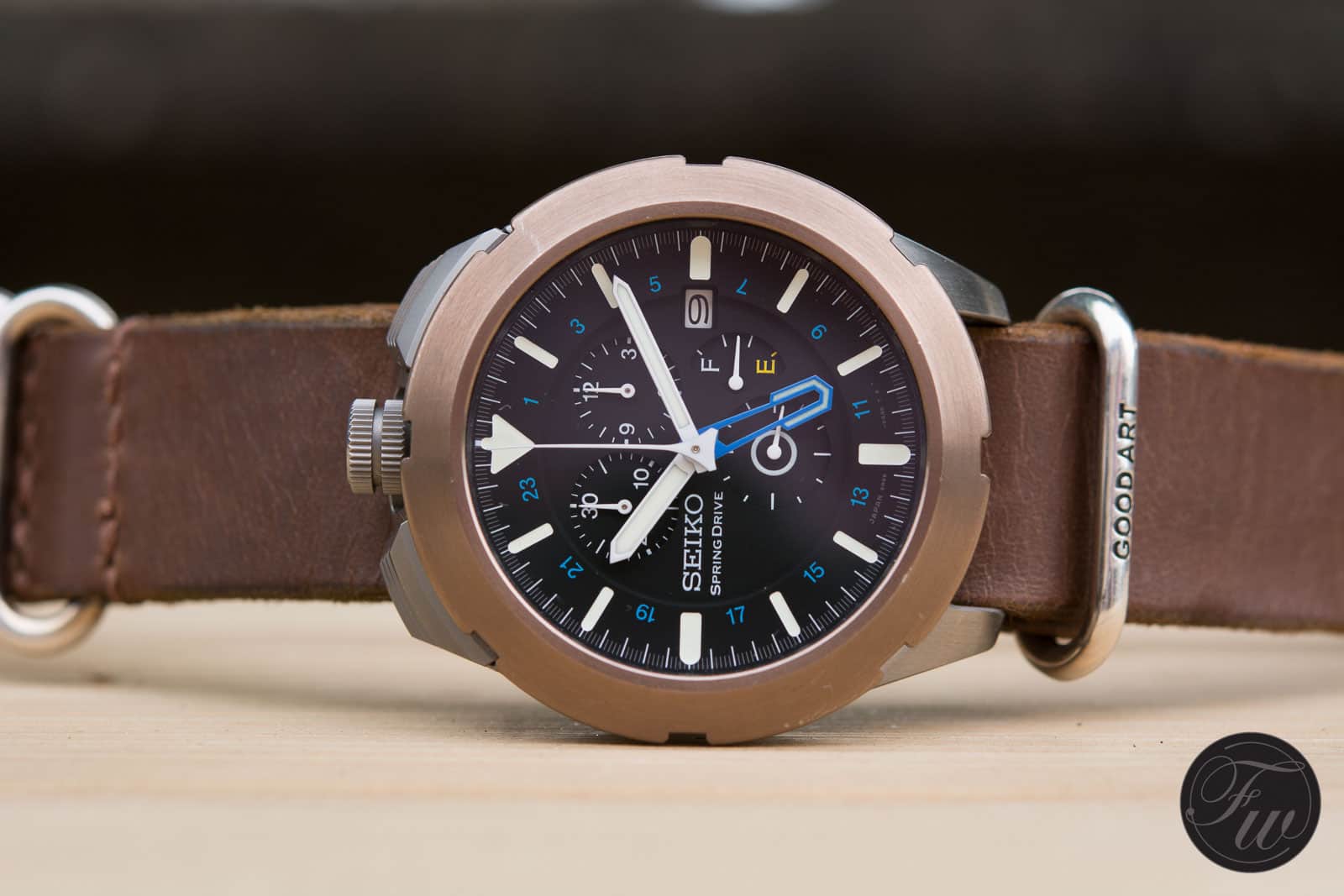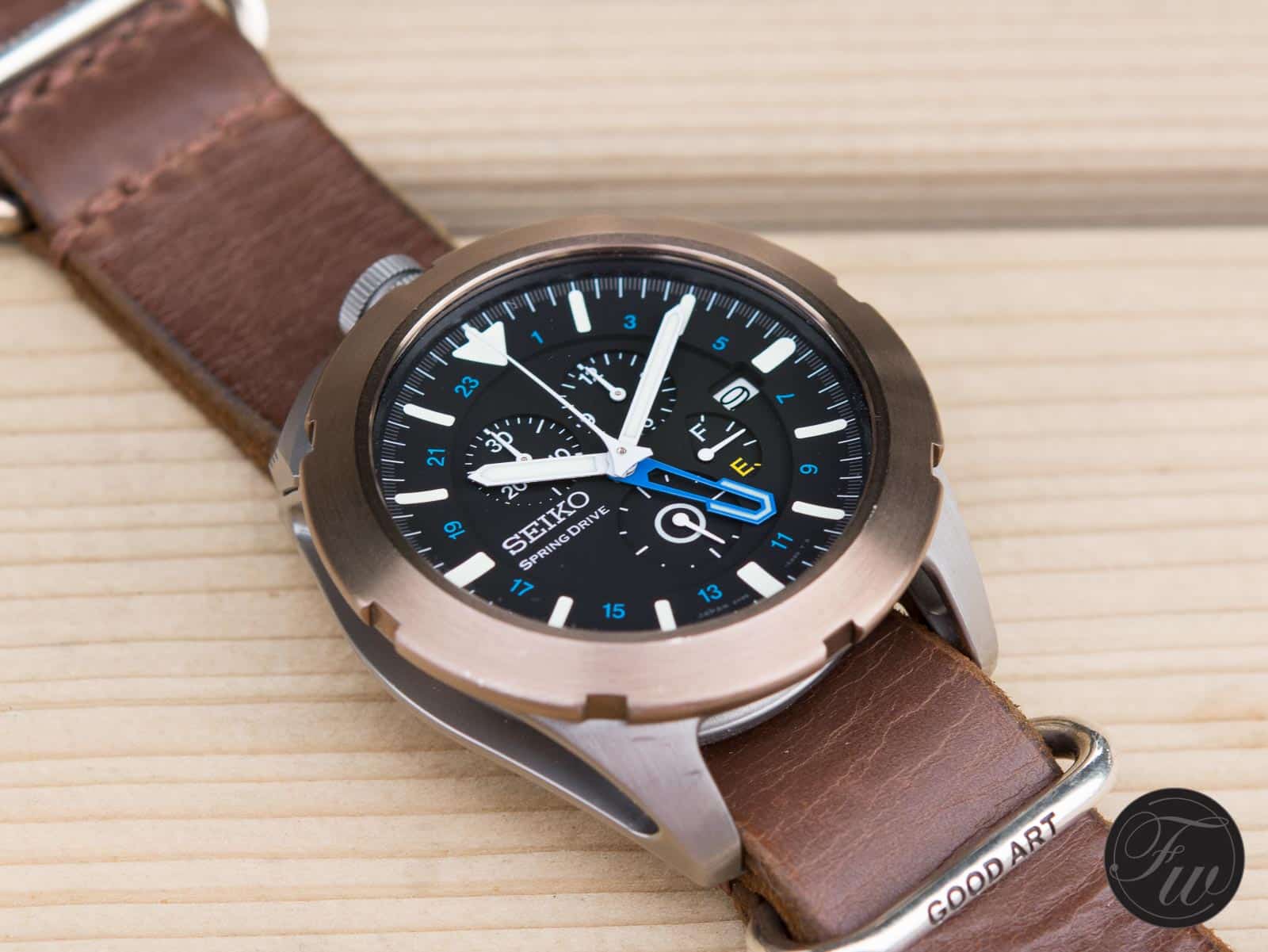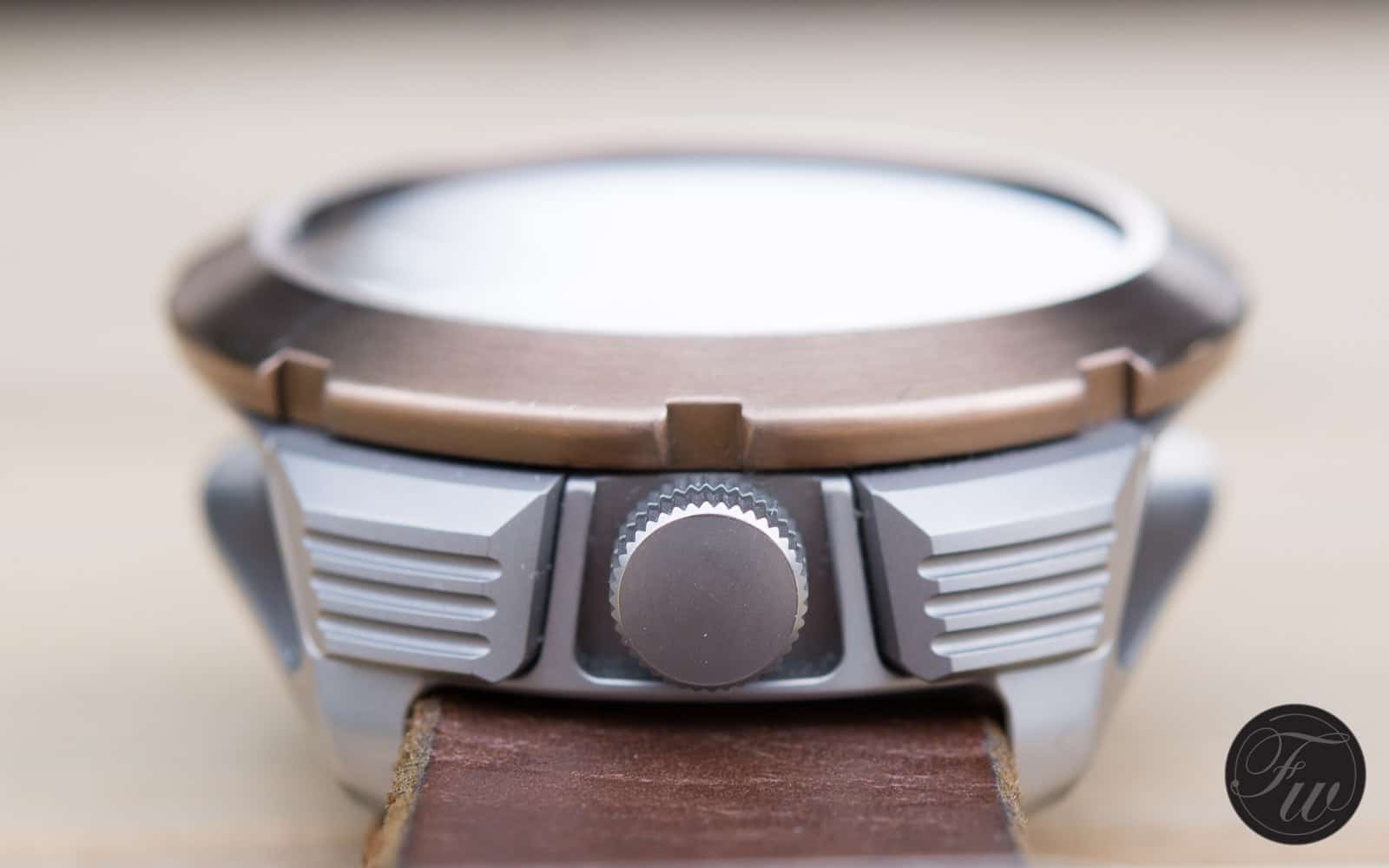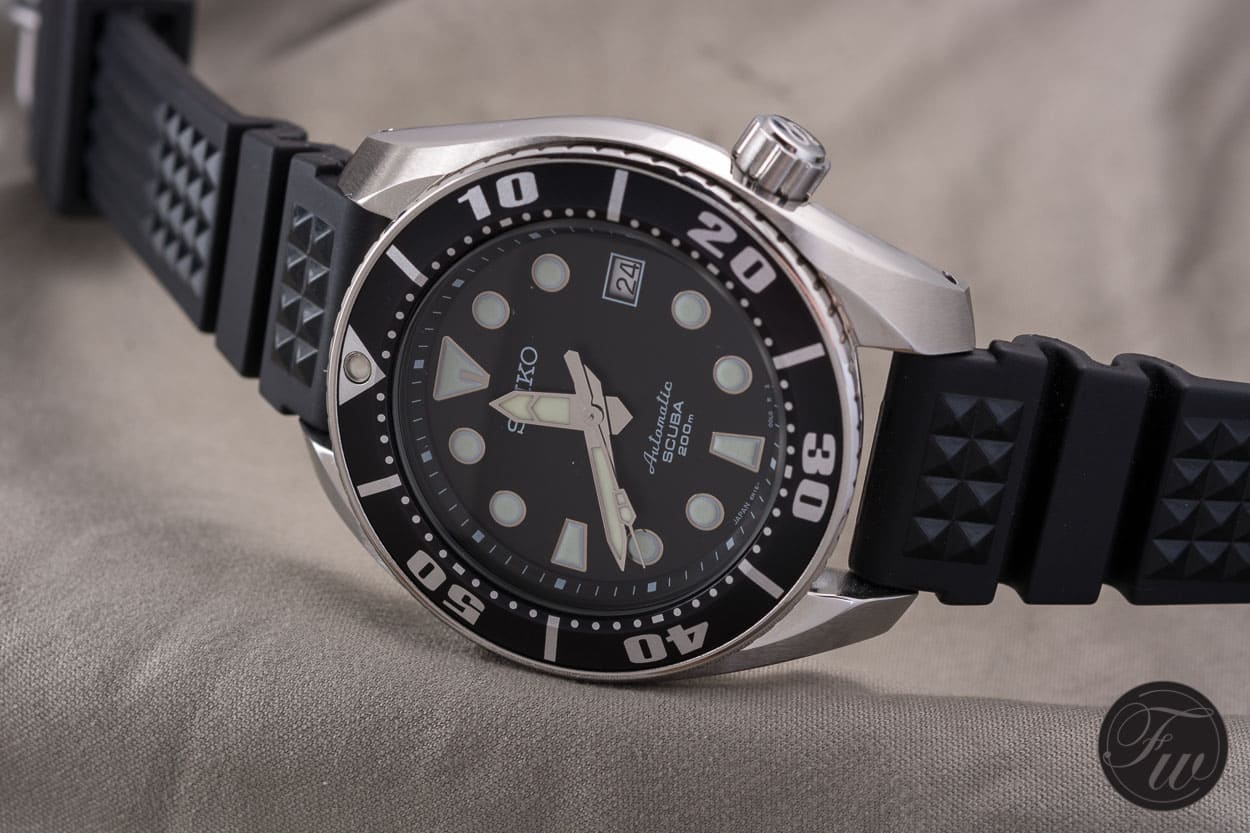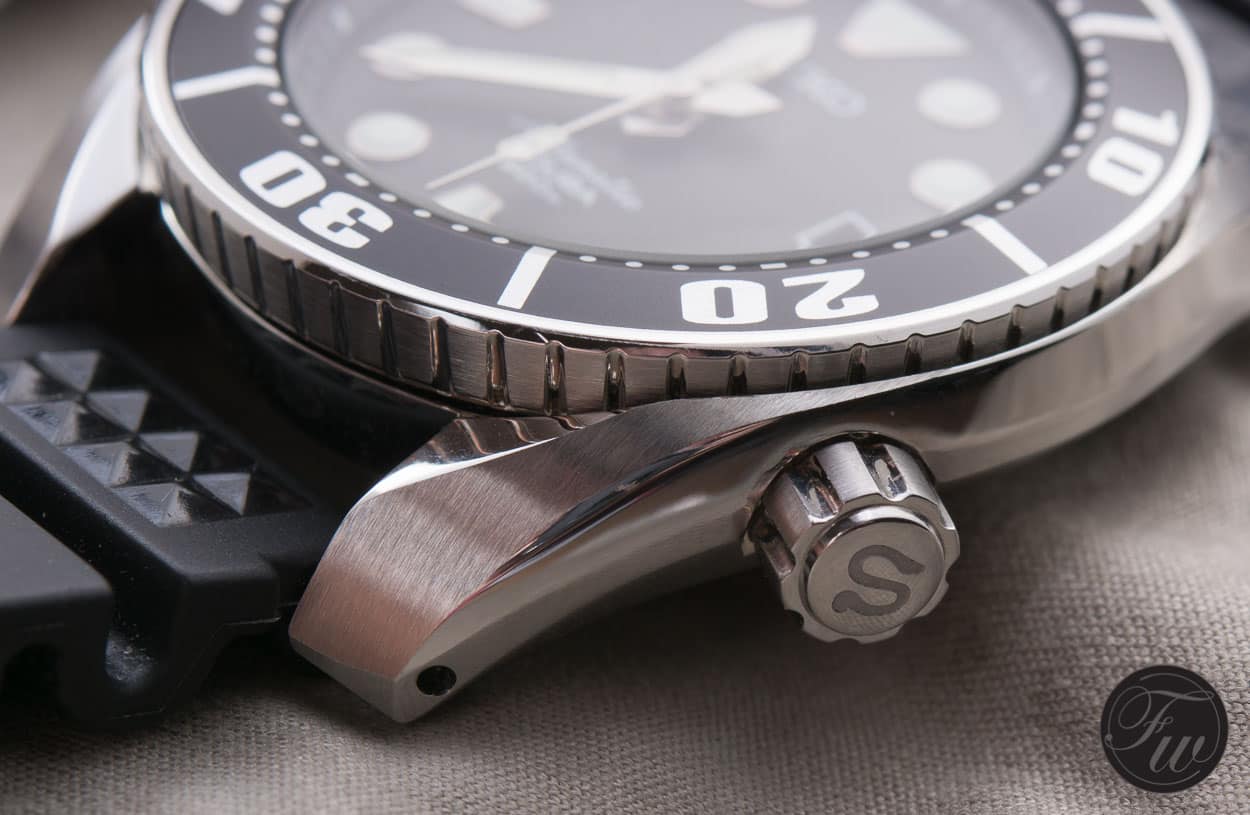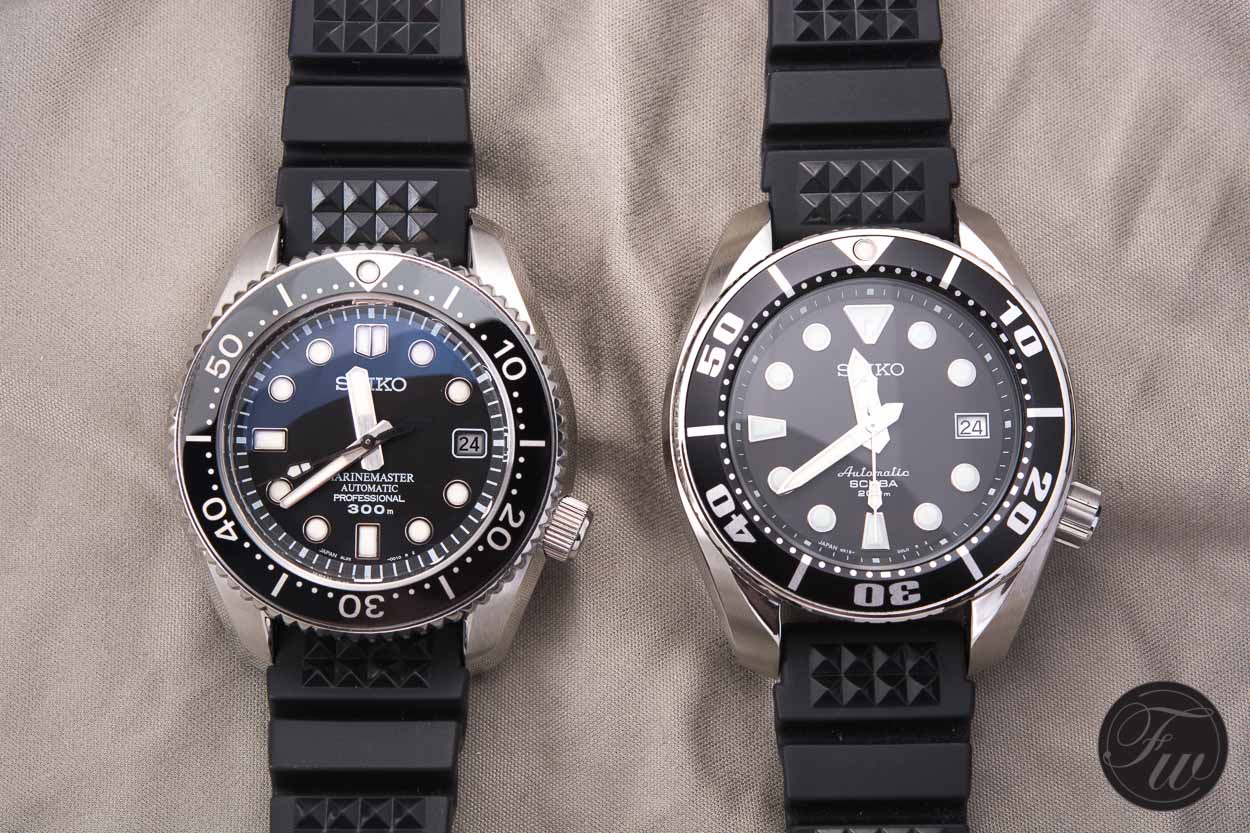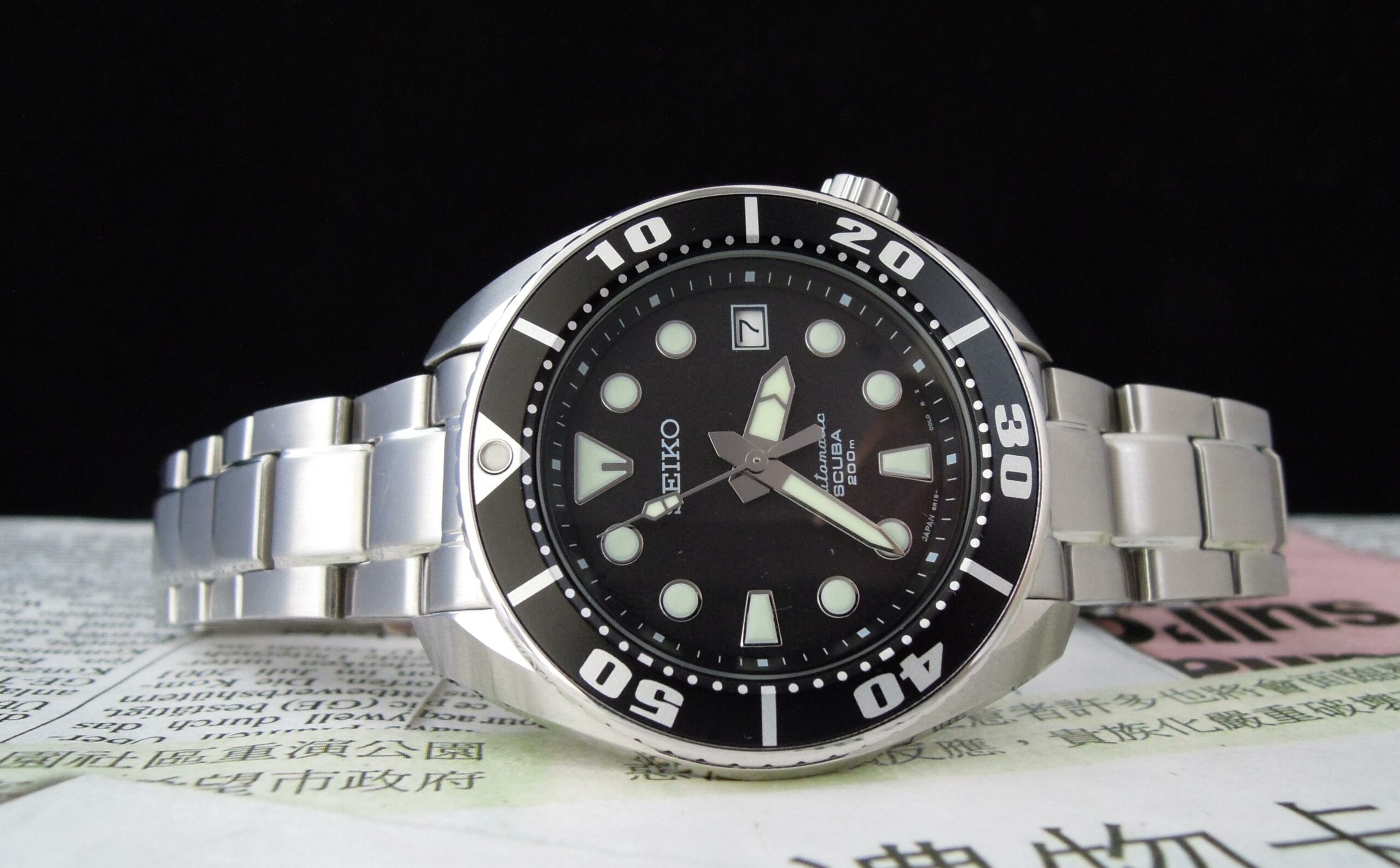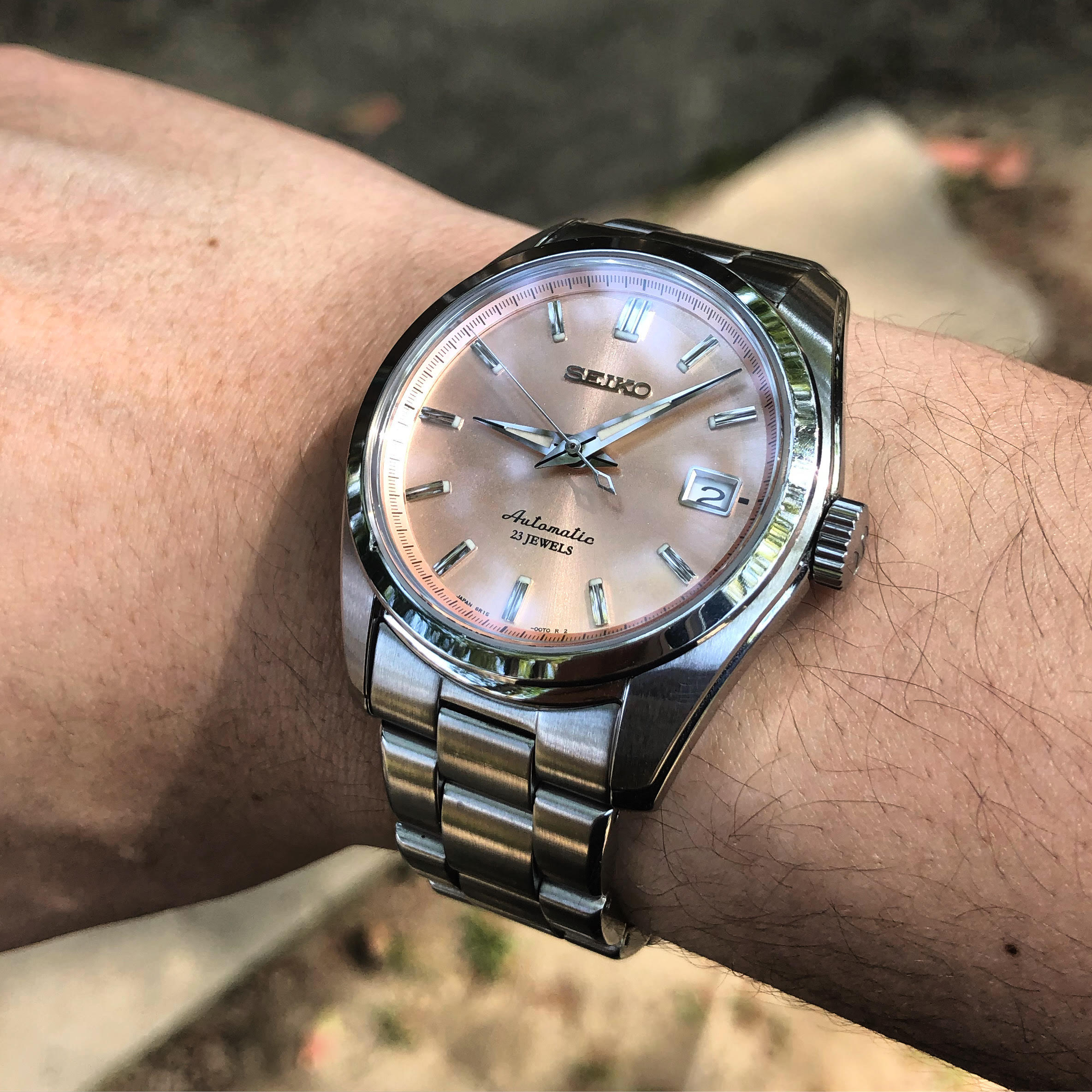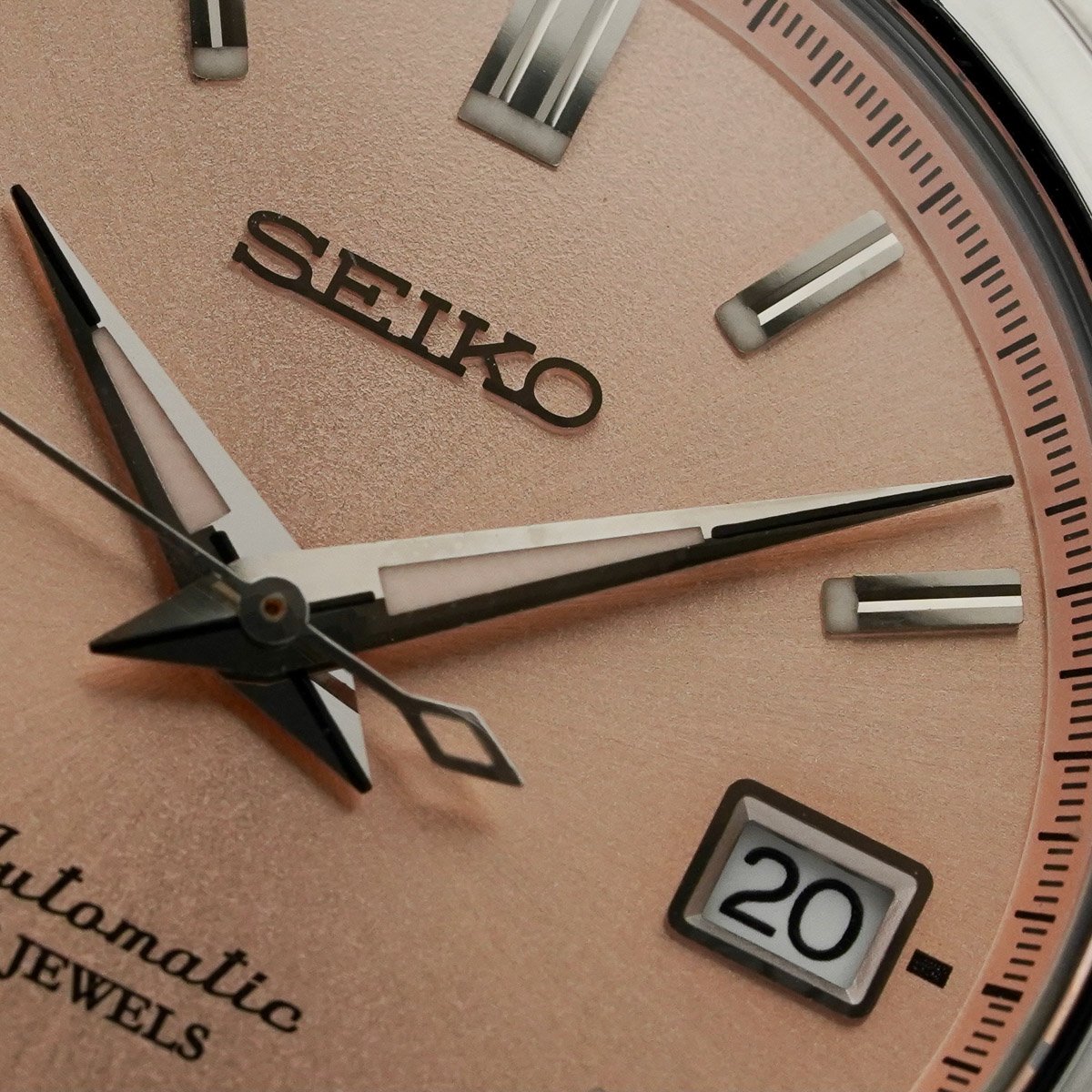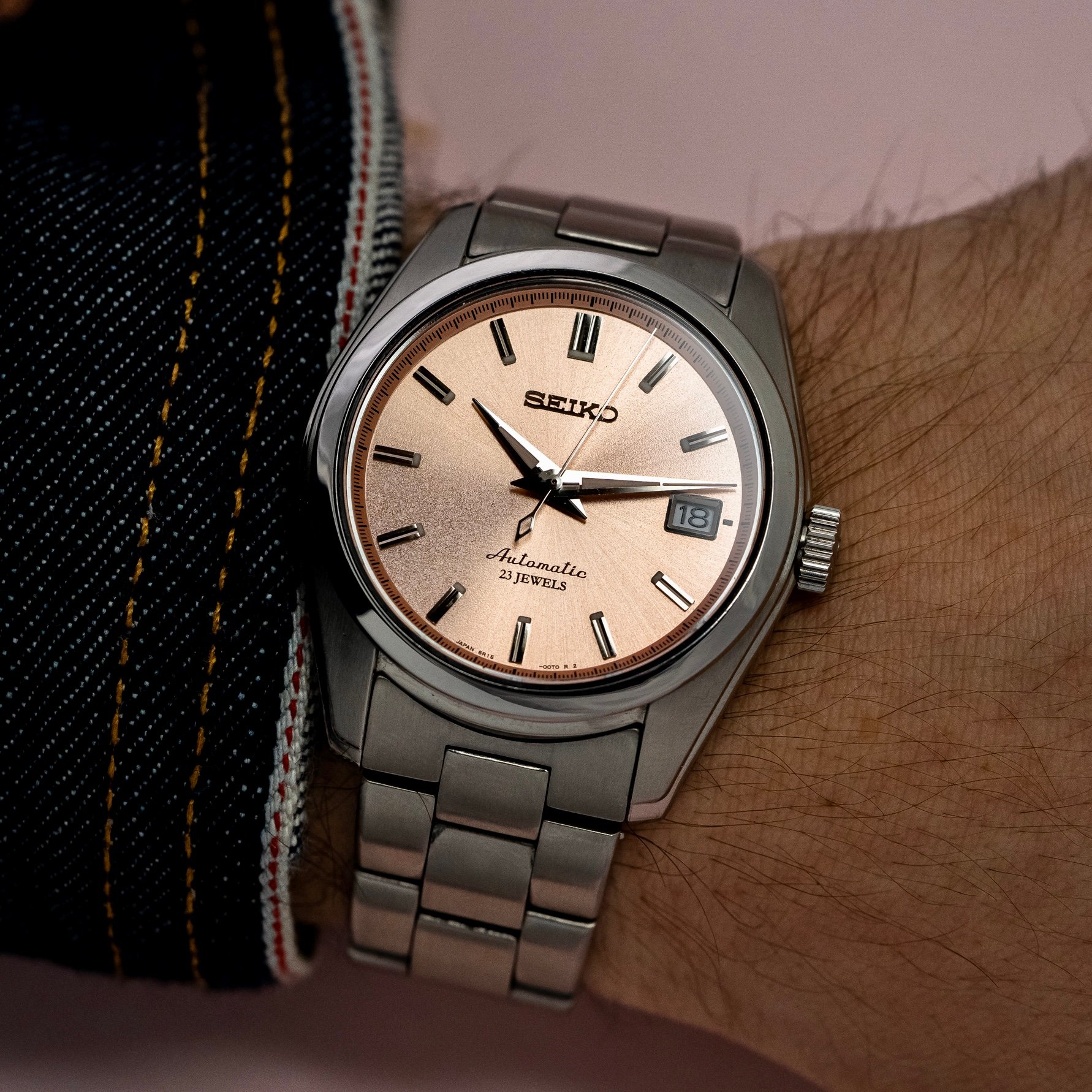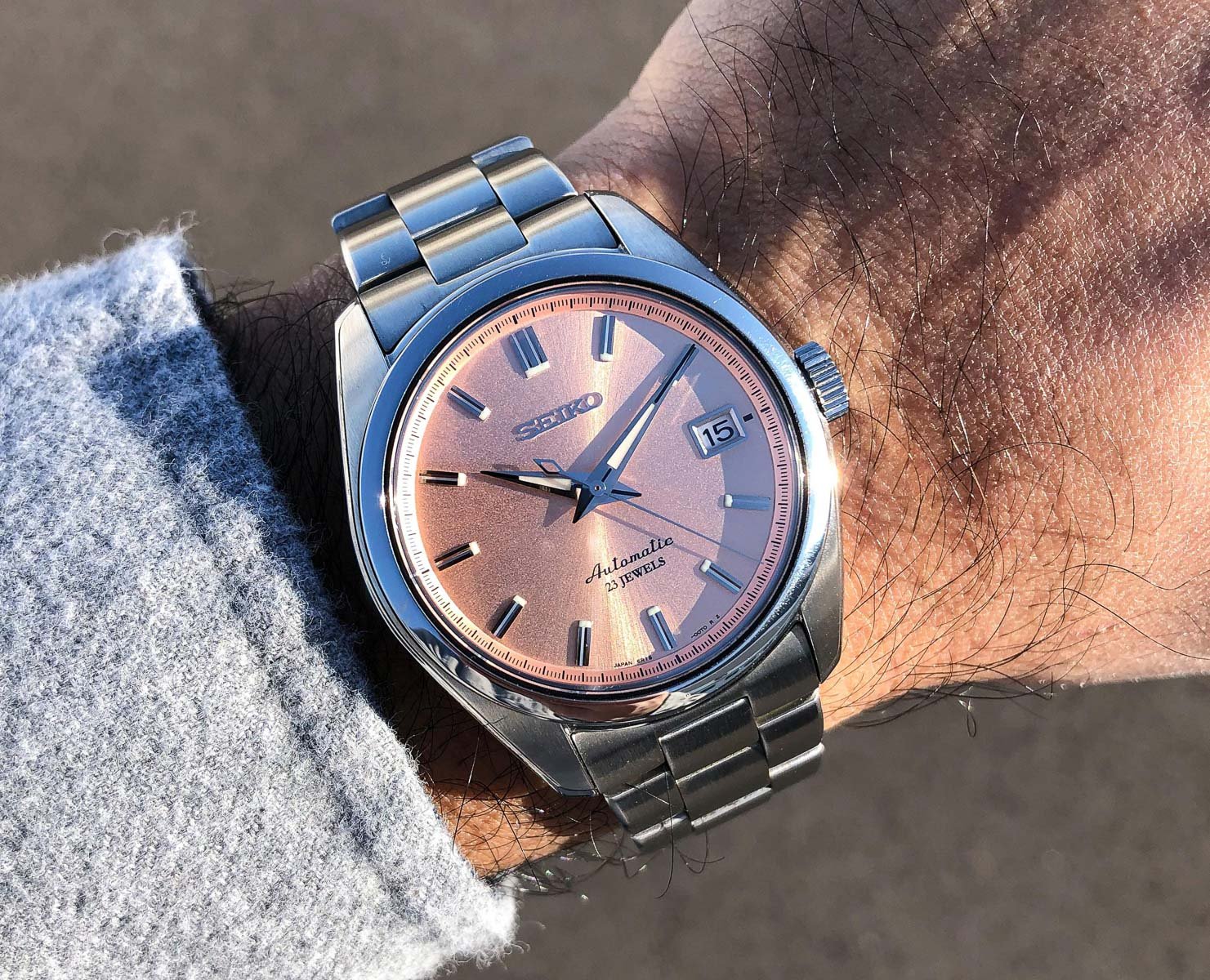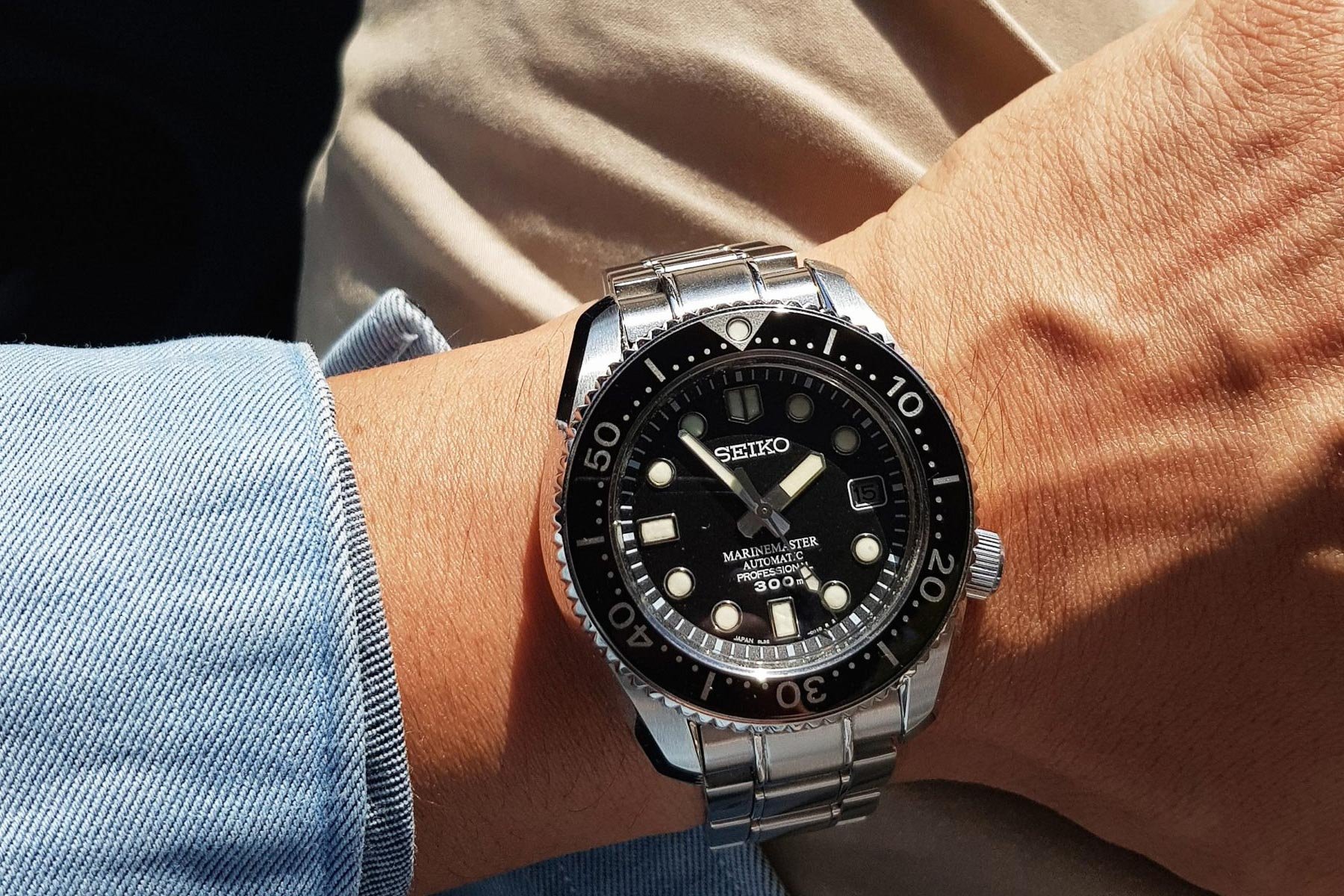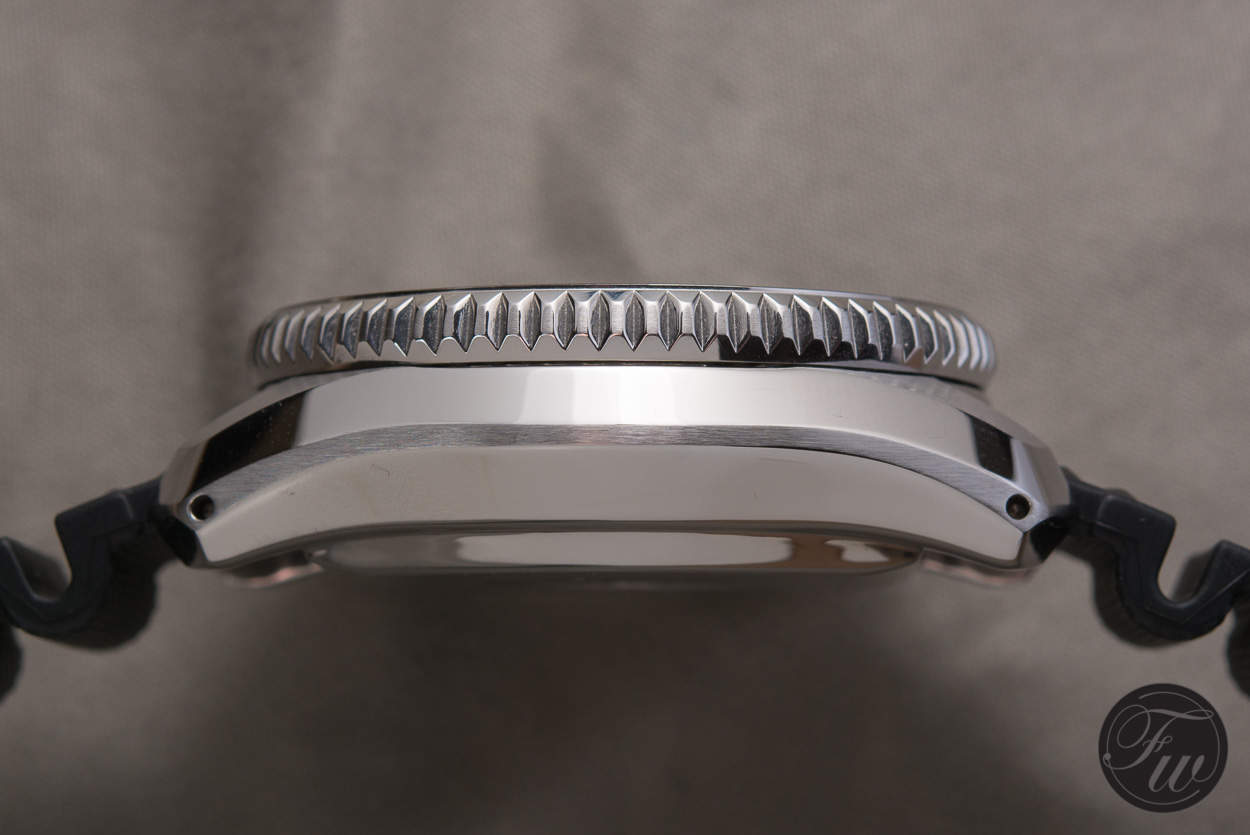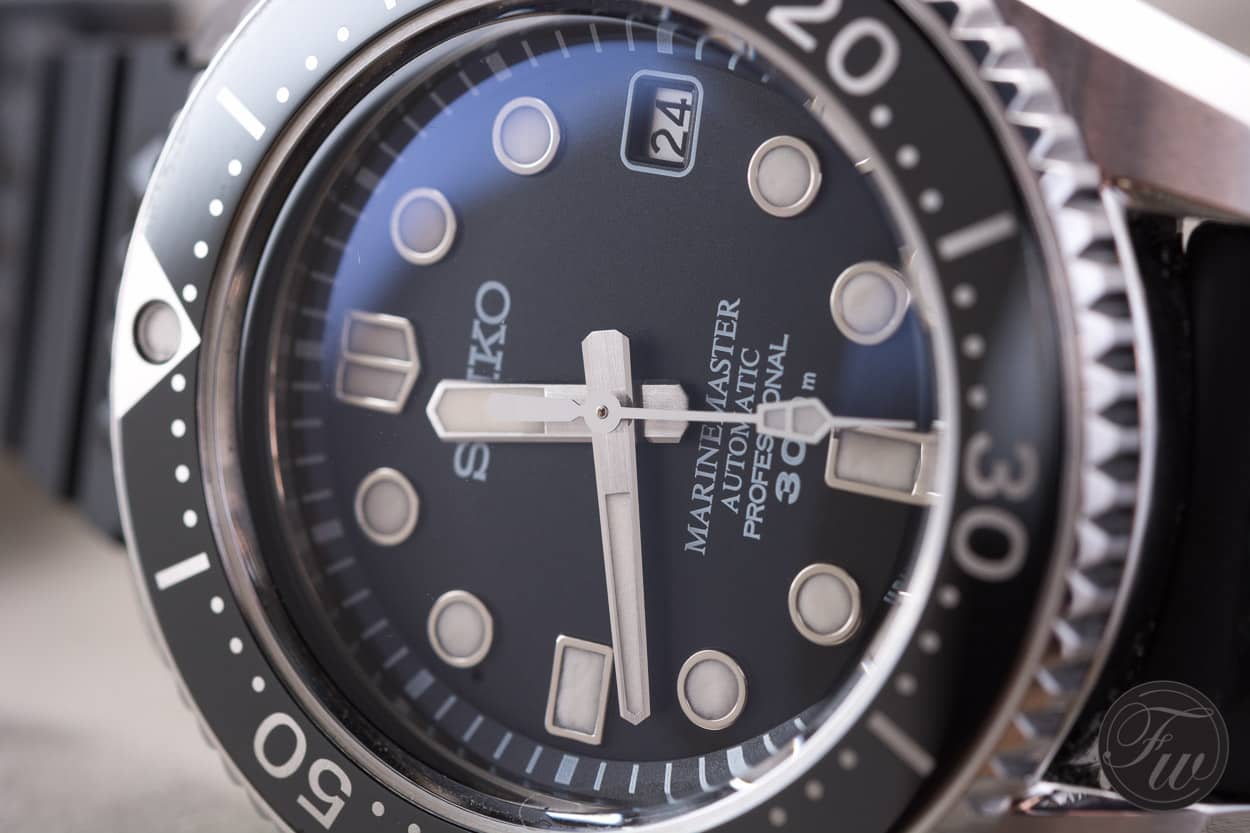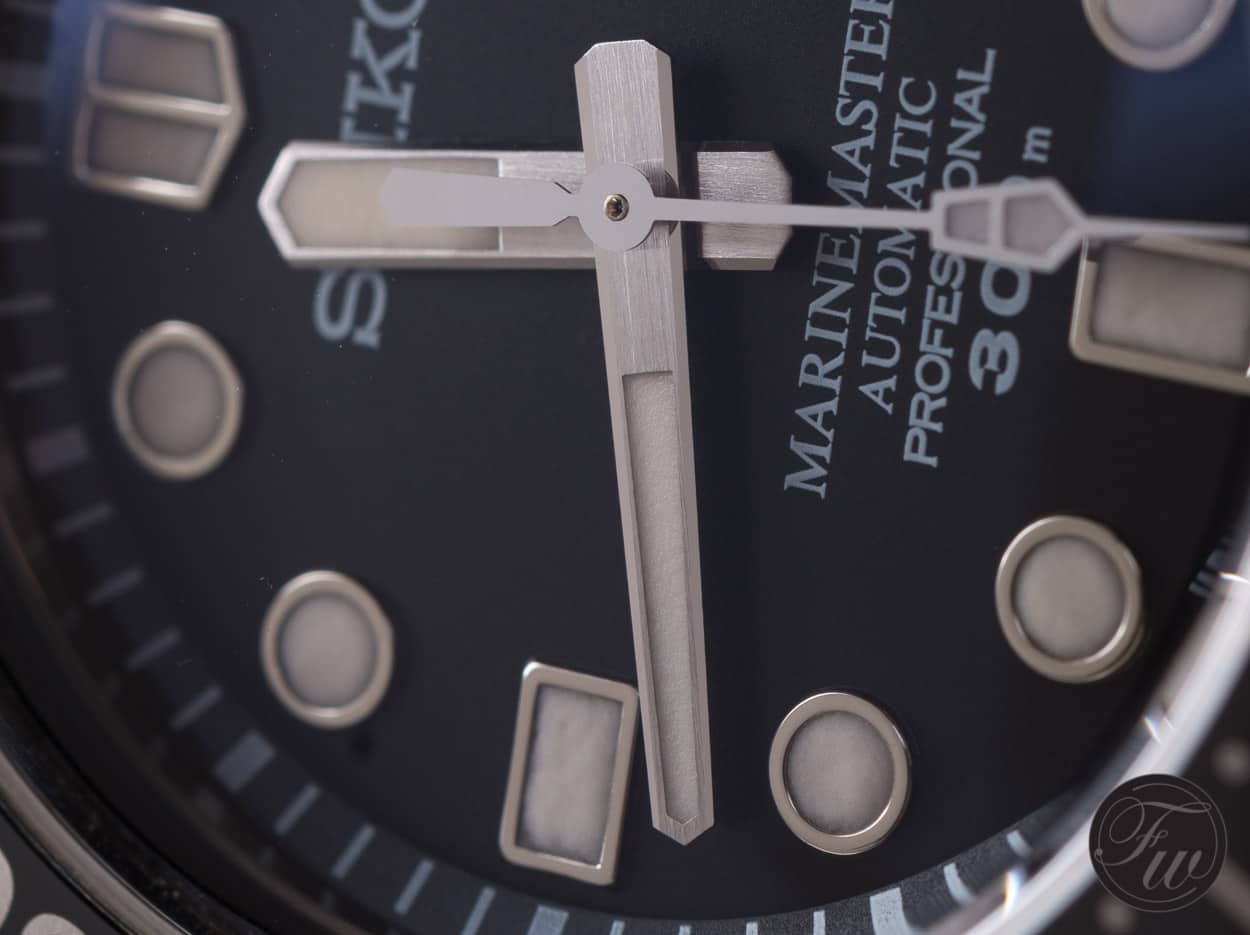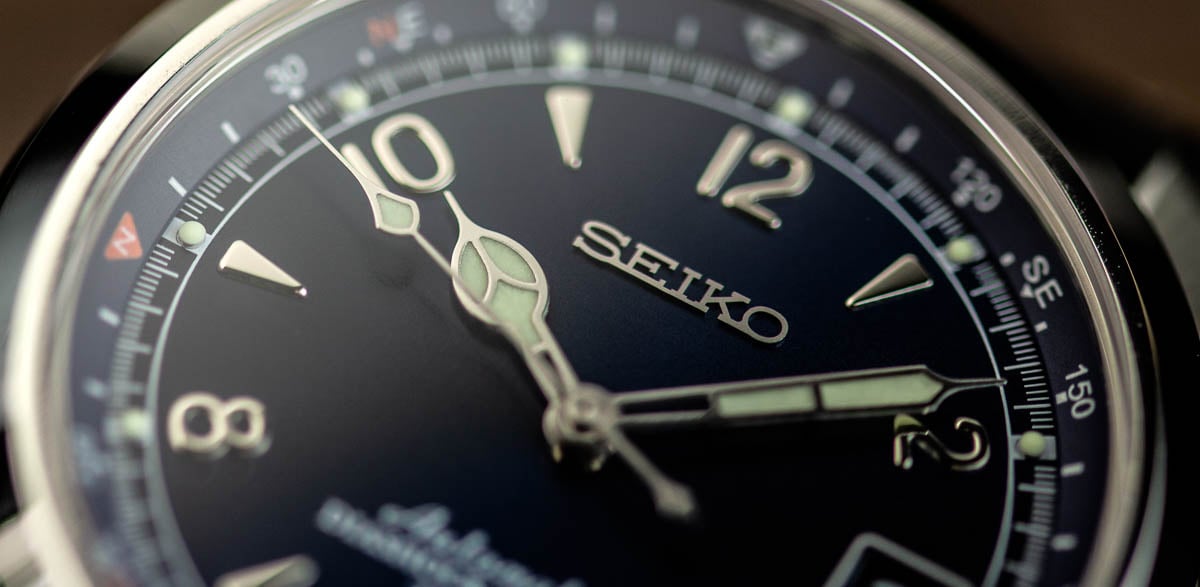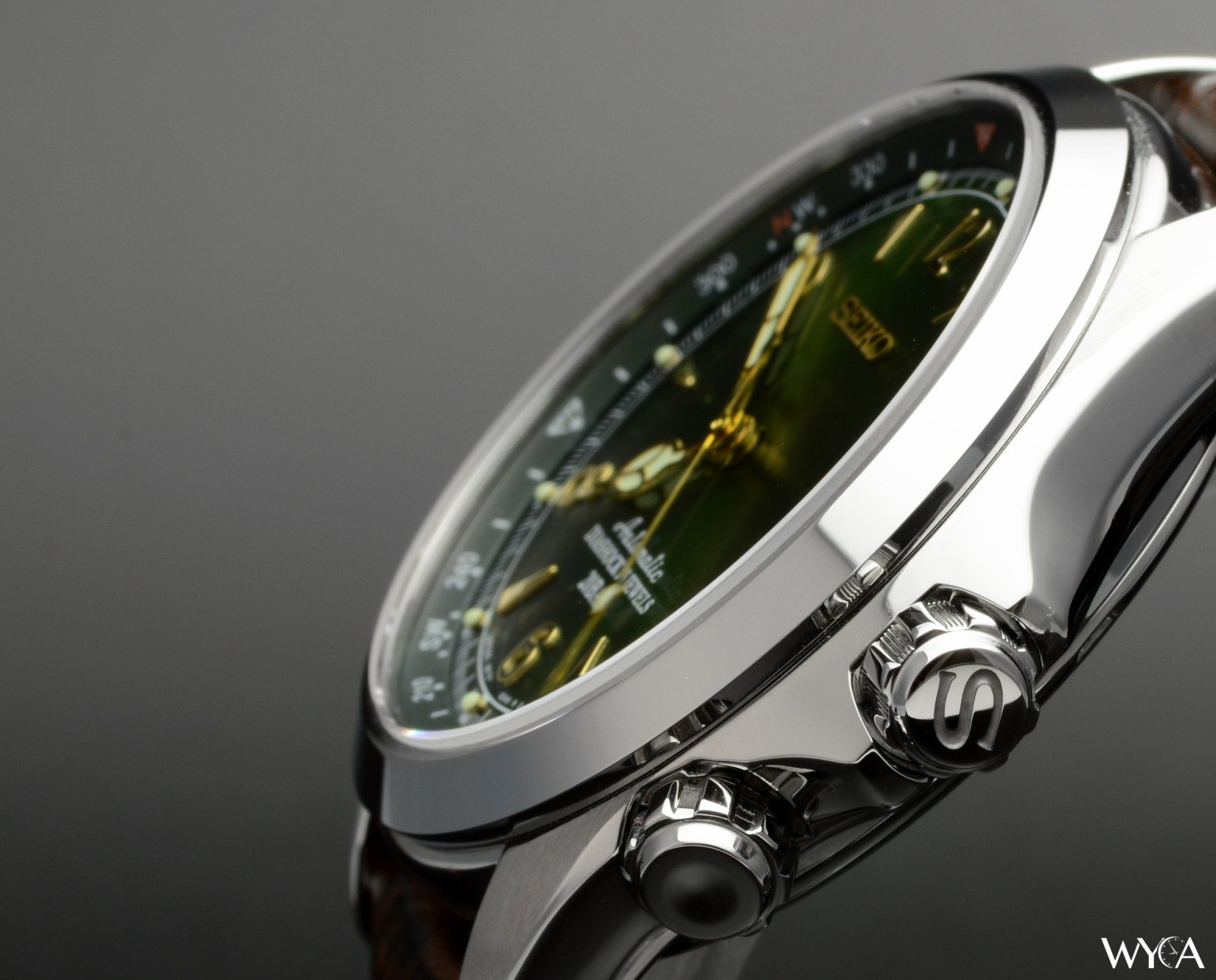Buying Guide: The Best Seiko Watches From The 2000s
We like to talk about vintage watches a lot within the Fratello team. Though most of what we write about is largely focused on the most recent releases and developments, for many of us, a lot of the fun can be found in the sometimes weird and often wonderful world of vintage watches. It’s a world full of history, remarkable watches, incredible stories, and quirky details. It inspired us to come up with a series of articles focusing on the best watches per decade from a select group of brands. Some of them are priceless, some of them are still affordable. In this installment, we will take a look at the best Seiko watches from the 2000s.
By the turn of the millennium, Switzerland had proudly reclaimed its title as the watchmaking capital of the world. The 2000s, in many ways, formed the blueprint for the watch industry as we know it today. By the time the 2000s came around, mechanical watches were incredibly popular. Instead of just selling instruments that told the time, the major brands became cornerstones in the world of luxury goods, and the watch industry was thriving.
We saw brands being bought by conglomerates that turned into the luxury powerhouses they are today. But the 2000s was also the decade that saw the rise of independent brands alongside the industry’s big players. Small brands made it their goal to push the envelope of watchmaking in terms of design and technological developments. In the early 2000s, we also saw watches increase in size like never before. Panerai, Audemars Piguet, Hublot, and IWC enjoyed a great rise in popularity with their oversized watches. They will all be part of the best watches of the 2000s.
Seiko in the 2000s
While the Swiss watch industry was thriving, the Asian brands were not necessarily standing still either. Seiko in particular made huge steps in the 2000s. In the late 1990s, we saw the introduction of the first Spring Drive models. Additionally, the brand introduced its Kinetic technology. During the first years of the new millennium, Seiko introduced a growing number of watches powered by these two types of movements. With these interesting technological developments, we saw a different side of the Japanese brand.
During the first decade of the new millennium, we could see the brand transform into the brand as we know it today. There were the great technological improvements that I just mentioned. But aside from that, Seiko also introduced some amazing tributes to watches from its past in the early 2000s, starting with the famous Seiko History Collection in 2000. Additionally, the first decade of the 2000s saw the release of quite a few of the models that are part of the current collection. The Shogun, the Sumo, and the Samurai were all introduced in the 2000s. It makes this decade very interesting for Seiko fans. I cannot cover them all, but I have selected five great releases representing the brand in the first decade of the new millennium.
The Entry Point — Seiko Alpinist SARB017
The first watch on this list has become a Seiko fan favorite. The Seiko Alpinist SARB017 is probably the most well-known modern Alpinist model. But it was by no means the first modern Alpinist. In 1995, Seiko re-introduced the Alpinist name to its collection with the so-called “Red Alpinists”. These are the first models that look like the Alpinist models of today and are sought-after by Seiko collectors. In 2003, Seiko added the Alpinist “8F56” models, as they are known to collectors. The 8F56 refers to the quartz movement that added a GMT function to the perpetual calendar. As Mike explained in his overview article on the Alpinist, “it’s a doozy with accuracy around +/- 2 seconds per month!”
The three models that Seiko released were the SBCJ019 (black on bracelet), SBCJ021 (cream on bracelet), and SBCJ031 (cream on a strap). Seiko also created the rare 500-piece SSASS limited edition with a blue dial for charity. These quartz Alpinist models are sought-after by collectors, and asking prices start at roughly €1K, with the very rare SSASS limited edition going for a lot more. In 2006 Seiko decided to replace the “Red Alpinists” with three new SARB references. The SARB013 came with a cream dial on a bracelet, while the SARB015 came in black on a bracelet and with a set of unique hands and indices. The green SARB017 came on brown leather. That last one is the most popular out of the three because of its beautiful color combination and great versatility.
No Prospex on the dial
The SARB series featured a 39.5mm stainless steel case with a relatively short 46.3mm lug-to-lug. The case is slightly over 13mm thick, and the lug width is 20mm. It makes this series of Alpinists a great watch for various wrist sizes. Inside the case, the watches housed the then-new Seiko Caliber 6R15. The automatic movement operates at 21,600vph, and it has 23 jewels with a 50-hour power reserve. The watches were water-resistant to 200 meters and came equipped with a sapphire crystal and a solid screw-in case back that featured the Alpinist logo.
This series of Alpinist models stayed in production up to a couple of years ago as JDM-models. Funnily enough, as Mike explained, Seiko released a special send-off limited edition for the US market in 2019, the SPB089 with a very nice blue dial. It was released in a limited run of 1,959 pieces to celebrate 60 years of the Alpinist. After that, Seiko decided to introduce the new Alpinist series with the Prospex logo on the dials. In doing so, Seiko made it available worldwide. The Alpinist SARB-models are still celebrated as some of the best all-around affordable watches. With an original list price of around €450, expect to see current prices for the SARB017 between €600 and €1,000.
My pick — Seiko Spacewalk Spring Drive SPS005
My favorite modern Seiko ever produced is my personal pick for this list. The Seiko Spacewalk Spring Drive SPS005 came to life as a special project for astronaut Richard Garriott in 2008. As Robert-Jan explained in his article about this special watch, Garriott was the sixth citizen to travel to space aboard the Russian Soyuz TMA-13, which went into space on October 12th, 2008. On his wrist was one of only six prototypes of this model. The watch was produced with Garriott’s mission in mind, and Seiko’s goal was to create a lightweight, air-tight, readable, and easy-to-use chronograph that was superbly accurate. A couple of months before Garriott went into space, Seiko presented the watch at Baselworld 2008. But as the brand only produced a small number of watches specifically for the mission, it seemed as if it would be a special project watch forever.
But in February 2010, Seiko released a limited production run of 100 pieces of the Spacewalk Spring Drive SPS005 commemorating the original watch. The SPS005 went on sale for a whopping $28,000. It’s the kind of money that we are used to seeing from other brands. But you have to understand that this is not an ordinary Seiko. The first thing that stands out is the brilliantly sculpted and hollowed-out 48.7mm case. It has the crown and pushers placed on top, making it a bullhead watch. Seiko developed the case in-house, and it was made from the brand’s proprietary High-Intensity Titanium with a weight of just 92.5 grams. The case was made completely air-tight, which was essential because of the vacuum of free space. Seiko developed a new rubberized material for the gasket to make this possible so the watch could withstand the extreme temperatures in space.
The unique dial layout
The dial was designed for ultimate legibility. As you can see, a lot is going on. But if you look a bit longer, you will see that all the elements have been designed meticulously and work well together. It starts with the white hands and hour markers filled with LumiBrite. You will see the blue 24-hour scale between the hour markers corresponding with the blue GMT-hand. The running seconds are placed at 6 o’clock, and the chronograph minute and hour counters are placed on the upper half of the dial. The Spring Drive power reserve indicator is placed next to the date window at 3 o’clock, and it reads very much like a fuel gauge in a car. The logo has also moved to the 9 o’clock position for visual balance.
Seiko’s choice for the colors of the dial and the bezel were inspired by the view of Earth from space. The bronze-colored bezel color symbolized the land, the blue accents represented the water, and the white hands and markers signified the clouds. Inside the case, Seiko equipped the watch with 5R86 Spring Drive movement. It is made up of 416 components and has 50 jewels and a 72-hour power reserve. As mentioned, the movement features a chronograph, GMT function, power reserve indicator, and a date display. With an overall accuracy of ±15 seconds a month, this is an impressive movement that functioned flawlessly in space. Overall, this is a special watch with a special story. They hardly come up for sale, but at the time of writing, there is one available for a little under €70K. I won’t be the one buying that, but I do love this Seiko Spacewalk.
Money is no object #1 —Seiko “Sumo” SBDC001
Next up is the Seiko “Sumo” SBDC001 that was part of Seiko’s Prospex line. Now, this could have easily been my pick, as I own one of these first-generation Sumos. But honestly, offer me a Spacewalk Spring Drive, and I will happily trade them. Just being honest here and explaining why this is not my personal pick for this week. Additionally, I want to point out that the Sumo in this list represents more than just the first generation of this future Seiko icon. Because there is limited space, I have picked the Sumo, but it just as much represents the Shogun and the Samurai models that were also released in the same decade. See it as a representation of the many great affordable Seiko divers released in the 2000s.
The Seiko SBDC001 was released in 2007 as part of a trio of new Seiko divers. The three models were the SBDC001 (black), SBDC003 (blue, also known as “Blumo”), and SBDC005 (orange). The blue and black versions are still very nice when looking back at them. The orange version, however, wasn’t Seiko’s proudest design achievement. This watch, which has the word Scuba on the dial, was given the “Sumo” nickname by Seiko enthusiasts. The Sumo featured a 45mm stainless steel case that is 13.5mm high, 52mm lug-to-lug and has a lug width of 20mm. Many Sumo enthusiasts, myself included, would have preferred to see a 22mm lug width because 20mm seems too small for a case of this size.
A great daily wearer
At first, the case seems big, and I can verify that it is. But the elegantly shaped lugs make this an easy watch to wear for many people. Granted, this is not for you if you don’t like big watches. But I have worn my Sumo as my daily wearer for quite some time and I have enjoyed it. Inside the case, Seiko equipped the first-generation Sumo with its Caliber 6R15 that powered the Alpinist I discussed earlier. As a reminder, the automatic movement operates at 21,600vph, has 23 jewels, and has a power reserve of 50 hours. In all my years of owning the Sumo, I have always loved the movement. It works like a charm, and the accuracy has always been within the -15/+25 seconds that Seiko claims.
Overall, I love the quality of the Sumo. It feels sturdy, and the bezel action is great. Additionally, the style of the numerals on the bezel makes this the true Sumo for me. The watch came on a stainless steel bracelet that was not exactly the watch’s best feature. Although it wears pretty comfortable, the overall quality of the original bracelet is not the greatest. Combined with the 20mm lug width, it is wise to wear it on an aftermarket bracelet or strap. It’s why I wear the Sumo on a series of different straps that combine with it perfectly. Overall, this first-generation Seiko Sumo SBDC001 has a special place in my heart. Depending on the condition, finding one nowadays will cost you between roughly €500 and €1,000. It’s money well spent for this future classic.
Money is no object #2 — Seiko SARB037
The next pick is a watch that is well known amongst Seiko collectors, and it also does not come without controversy. The Seiko SARB037 is a brother of the well-known SARB033 and SARB035, but instead of a black or white dial, it features a pink salmon dial. The watch was a JDM release produced for a very short time only from 2008-2011. Unlike the black and white dial SARB models that were in production for a decade, it makes this quite a rare sight. When it comes to specs, the SARB037 is equal to the SARB033 that I featured in my article about the best Seiko JDM releases.
To refresh your memory, the SARB037 features a 38mm case with an 11mm thickness, a 44mm lug-to-lug length, and a 20mm lug width. Inside the case, Seiko equipped the watch with the automatic Caliber 6R15. This famous movement operates at 21,600vph, features 25 jewels, and has a 50-hour power reserve. It has powered a string of Seiko releases that were far more expensive than the SARB033, like the Sumo we just discussed. Add a sapphire crystal and the 100-meter water resistance, and it is simply an impressive piece of kit, especially considering its original price of around €400.
Baby Grand Seiko
Additionally, its looks remind many of the iconic Grand Seiko models, and it’s why some people refer to it as the “baby” Grand Seiko. The design and finishing of the case, the dauphine hands, the indices, and the bracelet look very clean. They give the impression that the SARB037 was a lot more expensive than it actually was. But the true star of the show is the pink salmon dial. It gives the watch a completely different look than the black and white-dial variants. No matter how many pictures you see in different light conditions, the dial never comes across as bright pink. It does change color depending on the conditions, but I love that it always has a nice, subdued pink tone.
Now for that bit of controversy — the price. As the Seiko SARB037 is a rarity, prices for these pieces have risen to pretty incredible levels. As I explained, the original list price of these SARB models was around €400. Currently, you can expect to pay roughly between €500 and €800 for both the SARB033 and 035. Considering their popularity, it’s understandable that they have gone up in price. But the SARB037 goes for prices between roughly €2K and €3K. I couldn’t believe it when I read it. I guess we have landed in a dial-color craze that knows no logical boundaries. While I love salmon dials, this is a bit too much for me.
Money is no object #3 — Seiko Marinemaster 300 SBDX001
The last watch on the list is the most loved by the members of the Fratello team. The Seiko Marinemaster 300 is the one watch that showed just how serious Seiko watches could be. I still remember experiencing Robert-Jan’s SBDX001 for the first time, realizing this was something else. The size, the weight, the quality feel, and the finishing were truly next level. But let’s start at the beginning. Seiko has a great history of creating some of the most iconic professional diving watches. In my article about the best Seiko watches of the 1960s, my pick was the Seiko 6215-7000 from 1967. It was Seiko’s first dive watch targeted at professional divers. That iconic model was followed only a year later by the 6159-7000 and the 6159-7001. All three are legendary models that boasted some serious specs and have become industry icons.
It’s this trio of watches that inspired Seiko to come up with a new high-end diver based on those classics. At the beginning of the new millennium, Seiko introduced the Marinemaster 300 ref. SBDX001. The watch was a JDM release, so technically, it was only available in Japan. But the watch slowly found its way to other parts of the world. The Marinemaster 300 features a 44mm stainless steel monobloc case that is 15mm thick. It’s a chunky, slightly curved case that wears very well. On top of that, the visual impact of the case increases because of the incredible finishing. As Robert-Jan explained in his extensive review, the case band has a small brushed part, and the upper and lower angled parts are highly polished. The level of finishing is on par with Seiko’s bigger brother Grand Seiko, which made this a stand-out watch in the Prospex collection.
A Grand Seiko movement
What I particularly love about the Marinemaster 300 is its seemingly simple style full of intricate details. At first glance, this is how you would expect a diving watch to look, right? But zoom in closer, and you will see that the case design features crisp angles accentuated by the finishing. The same goes for the hands and indices. The simple but effectively designed hour and minute hands feature a subtle brushed finish. The slim seconds hand features a polished finish, and all the hands are filled with Seiko’s LumiBrite compound. The applied, polished hour markers make for another great detail that oozes class. Add the sharp printing on the dial, and you’re looking at a clean, classy display that is very effective. The watch features a glossy black bezel. While it might seem like ceramic, it is a stainless steel bezel with a gloss finish.
Inside the case, Seiko equipped the watch with its Caliber 8L35. The movement is based on the Grand Seiko Caliber 9S55, with the only difference being a more utilitarian finish. The movement shows once more how serious this watch is. The watch was delivered with a stainless steel bracelet and a rubber strap. While I would always wear this on its bracelet, the overall quality of the bracelet is not up to par with the bracelet of the current Marinemaster 300. Nevertheless, it is very comfortable on the wrist. Finding a Seiko Marinemaster 300 SBDX001 is not that difficult. Expect to see prices between roughly €1,750 and €3,500. If you can buy one at the lower end of the spectrum, you will have an amazing watch for a ridiculous price.
Final Thoughts
There you have it — some of the best Seiko watches from the first decade of the new millennium. When it comes to Seiko watches from the 2000s, a list of five is much too short. The brand released so many more great watches that even a list of 10 watches would not do the brand justice. During the creation of this article, I stumbled upon the brilliant Seiko Historical Collection that was released in 2000. But I haven’t covered it in this article because that special collection certainly deserves an article of its own. So keep an eye out for that!
When it comes to this series of articles, I cannot stress enough to do your research if you want to buy a vintage watch. On top of being crucial in avoiding disappointment with your purchase, it can also be a lot of fun. Mike and Gerard’s articles for Fratello are great references to get to know quite a few of the Seiko vintage models. Mike wrote a great article on collecting vintage Seiko watches that I suggest you read. On top of that, make sure to visit sites like Plus9Time and Ikigai Watches for more information. Contacting a vintage expert will also help out a lot. It’s a great way to learn more about watches and get to know some amazing people along the way.
Up next, we will take a look at some of the best Breitling watches from the 2000s. So keep your eye out for that article dropping next week. In the meantime, let us know what your favorite Seiko from the 2000s is in the comment section.

